Goat Breeds
1/10
There's no tags or description
Looks like no tags are added yet.
Name | Mastery | Learn | Test | Matching | Spaced |
|---|
No study sessions yet.
11 Terms

excellent milkers and usually have large, well-shaped udders with well-placed teats of desirable shape
both sexes are generally short haired, but bucks usually have a roach of long hair along the spine
french alpine
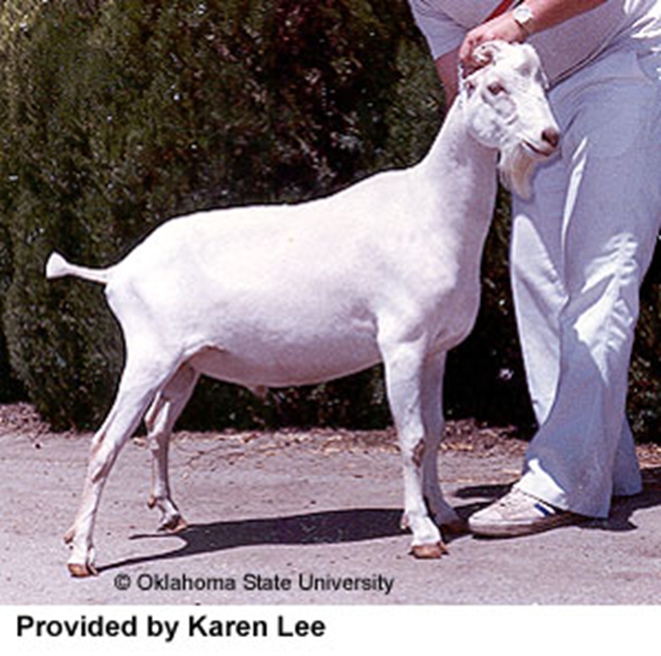
distinguished by very short, or the total lack of, external ears
crossing of short-eared goat of Spanish origin with purebreds of the Swiss breeds
la mancha
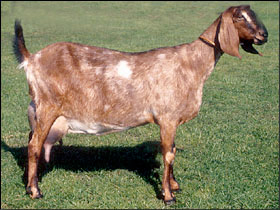
characterized by long drooping bell-shaped ears, convex (roman) noses and a short, glossy hair coat
relatively large, proud, and graceful dairy goat of Oriental origin, known for high quality, high milk fat percentage
anglo-nubian
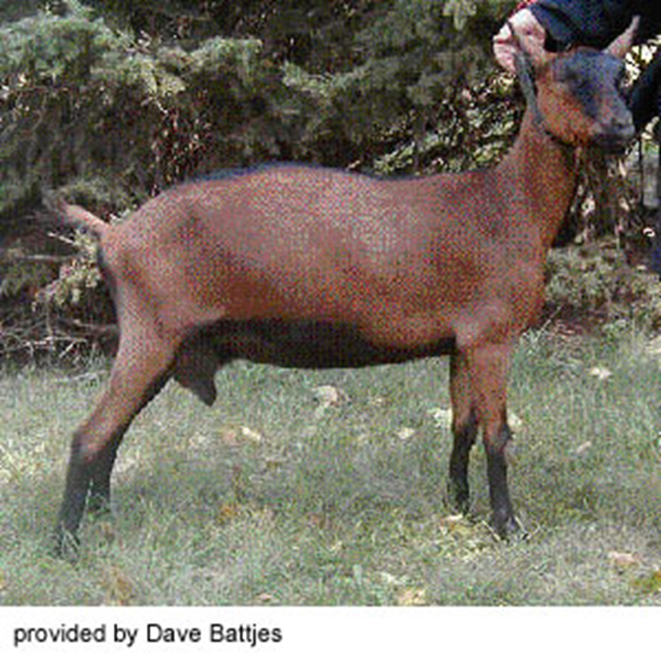
markings: two black stripes down the face with the forehead nearly all black, black legs below the knees and hocks, and ears black inside and bay outside
color preferred is chamois but may be black
oberhasli
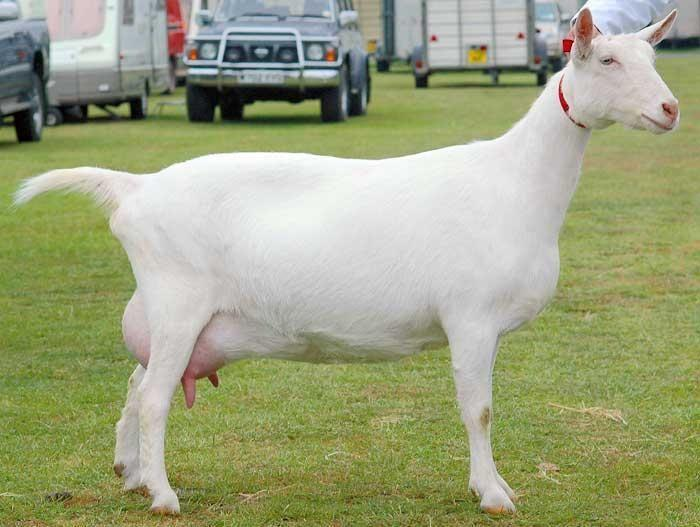
white or light cream in color with white preferred
erect ears
tendency toward a roman nose is discriminated against
saanen

markings: two white stripes on the face from eye area to nose, around the outer edge of the ear, from foot to knee, from foot to hock and as a triangular patch on each side of the tail, covering the pin bone area
toggenberg
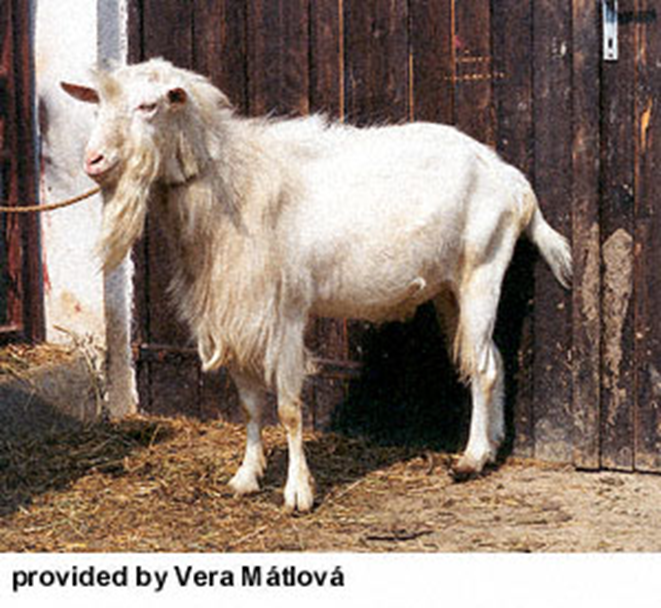
similar to the Saanen in appearance, pure white, shorthaired without any colored hair allowed
upright ears
most are hornless
white shorthaired goat

horned breed with lop ears and showing a variety of color patterns
low maintenance animal that has sufficient milk to rear a kid that is early maturing
boer

when they are frightened or excited they "lock up" and often fall over (faint) and lie very stiff for a few seconds
heavy rumped, deep chested animals.
most are black and white but multi colors are not uncommon
myotonic (wooden leg)
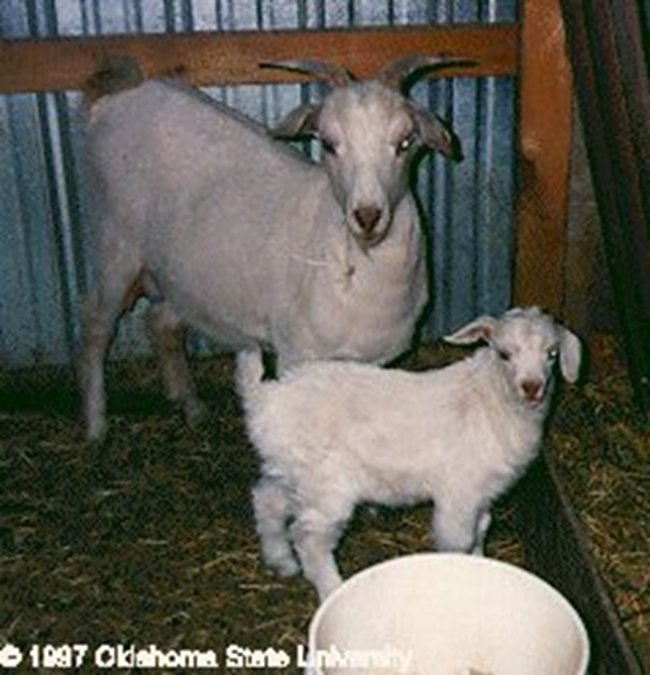
sheared once a year and a full grown adult buck will yield as much as 2.5 pounds of fleece
not jumpers
easy to raise, healthy animals and take only minimal care
cashmere
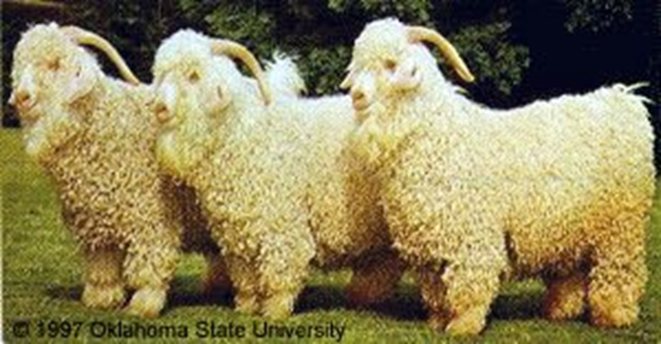
usually sheared twice a year
both sexes are horned, bucks usually have a pronounced spiral to the horn, which comes back and away from the head
angora